Page 8594
Aug 14, 2018
What would it take to become a trillionaire?
Posted by Klaus Baldauf in category: futurism
Apple has crossed over into the four-comma club – what would it take for a person to do the same?
Aug 14, 2018
Our Families Succumb
Posted by Nicola Bagalà in categories: life extension, transportation
Everyone can find plenty of examples from his or her own life of what aging is doing to us all.
A few days ago, I wrote an article while on a plane. I’m an expat, and I was flying back to my home country. I’m now in my hometown, where I lived until I was 18. I come back here only seldom, and the last time I visited was four years ago.
For the vast majority of the time I lived at my parents’ house, I was a child. My most vivid memories of the place are from my childhood, when everything looked so much larger. So, even though I did live here as a grown-up as well, every time I come back here after years of absence, every room in the house looks far less spacious. Things have changed a bit since I left. Furniture has changed place and function; ornaments and knick-knacks have been moved, added, or removed; predictably, even the town has changed somewhat over the years.
Aug 14, 2018
R&D Special Report: Federally Funded Research Labs
Posted by Klaus Baldauf in category: military
Concept art: Air Force
National Defense magazine asked research laboratories involved in national security programs: “What is your organization’s number one R&D ‘big bet,’ (in other words: a high-risk, high-reward technology investment) that you believe will have the biggest payoff for those in the military or national security realm? Why? And in what ways do you think it will benefit the end users?”
Aug 14, 2018
Renewable Energy Could Basically Be Free by 2030, According to New Analysis
Posted by Bill Kemp in categories: economics, energy, sustainability
A research analyst at Swiss investment bank UBS believes the cost of energy renewables could be so near to zero by 2030 “it will effectively be free,” according to a projections published on Monday. If renewables could soon be cheaper than all the alternative energy sources, and that this “is great news for the planet, and probably also for the economy.”
The analysis, published in the Financial Times, explains that solar and wind farms are getting bigger, and that the potential of this sort of cheap, green energy is far-reaching and will only get cheaper. “In 2010, using solar power to boil your kettle would have cost you about £0.03,” the analyst writes in FT. “By 2020, according to estimates by our research team at UBS, the cost will have fallen to half a penny.” And just ten years later, the costs will be so minuscule, it will practically be free.
See also: 7 Massive Corporations Going Green to Boost Their Bottom Lines.
Continue reading “Renewable Energy Could Basically Be Free by 2030, According to New Analysis” »
Aug 14, 2018
California water managers vary in use of climate science
Posted by Bill Kemp in categories: climatology, engineering, science, sustainability
Historically, water managers throughout the thirsty state of California have relied on hydrology and water engineering—both technical necessities—as well as existing drought and flood patterns to plan for future water needs.
Now, climate change is projected to shift water supplies as winters become warmer, spring snowmelt arrives earlier, and extreme weather-related events increase. Some water utilities have started to consider these risks in their management, but many do not. Lack of climate change adaptation among water utilities can put water supplies and the people dependent on them at risk, especially in marginalized communities, a new University of California, Davis, paper suggests.
The paper, which analyzes various approaches to climate science by drinking water utility managers in California, was presented along with new research at the American Sociology Association Conference in Philadelphia on Aug. 11. The paper, “Climate Information? Embedding Climate Futures within Social Temporalities of California Water Management,” was published this spring in the journal Environmental Sociology.
Aug 14, 2018
From office windows to Mars: Scientists debut super-insulating gel
Posted by Bill Kemp in categories: biotech/medical, habitats, space travel
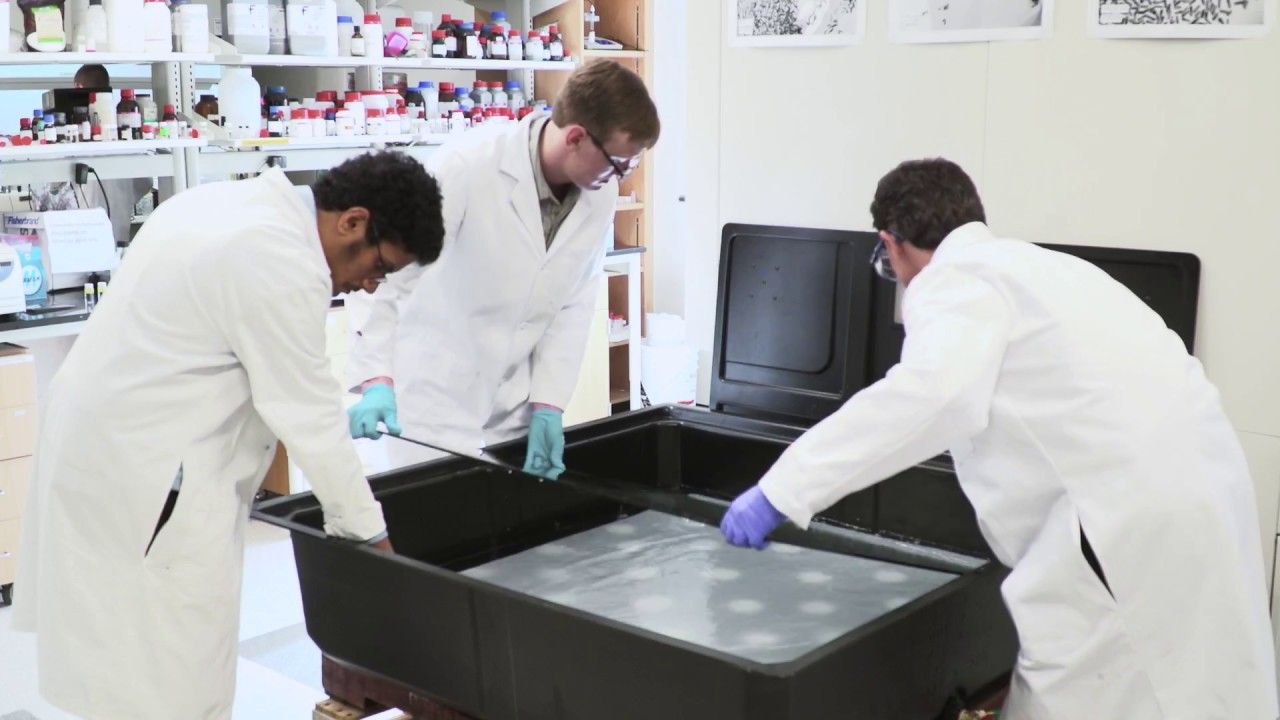
A new, super-insulating gel developed by researchers at CU Boulder could dramatically increase the energy efficiency of skyscrapers and other buildings, and might one day help scientists build greenhouse-like habitats for colonists on Mars.
The “aerogel,” which looks like a flattened plastic contact lens, is so resistant to heat that you could put a strip of it on your hand and a fire on top without feeling a thing. But unlike similar products on the market, the material is mostly see-through.
Continue reading “From office windows to Mars: Scientists debut super-insulating gel” »

THIS CAMERA LETS YOU ZOOM TO THE MOON AND BACK! 😱😱🔥🔥
Get 50% OFF ➡️ NoahsCave.com/210Magic8X
Aug 14, 2018
The assembly line of the future: Automation, DNA construction, and synthetic biology
Posted by Klaus Baldauf in categories: bioengineering, biotech/medical, economics, genetics, robotics/AI, sustainability
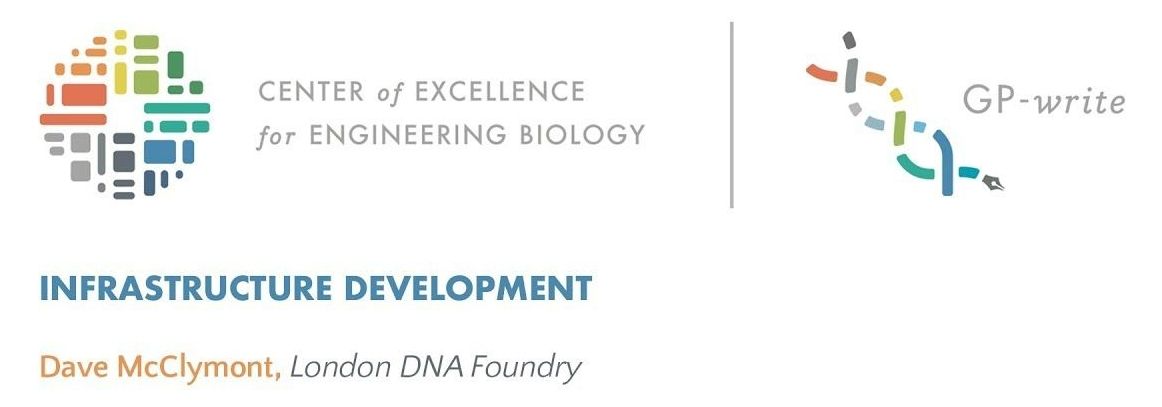
This story is brought to you by SynbiCITE, which is accelerating the commercialization of synthetic biology applications. To learn how SynbiCITE is nucleating a sustainable UK economy, visit www.synbicite.com.
Just as Henry Ford’s assembly line revolutionized the automobile industry, synthetic biology is being revolutionized by automated DNA assembly (see SynBioBetaLive! with Opentrons). The key features of an assembly line translate well into the field of synthetic biology – speed, accuracy, reproducibility and validation. Instead of welding chassis together, small robotic arms are lifting delicate plates holding dozens of samples, adding and removing miniscule amounts of fluid.
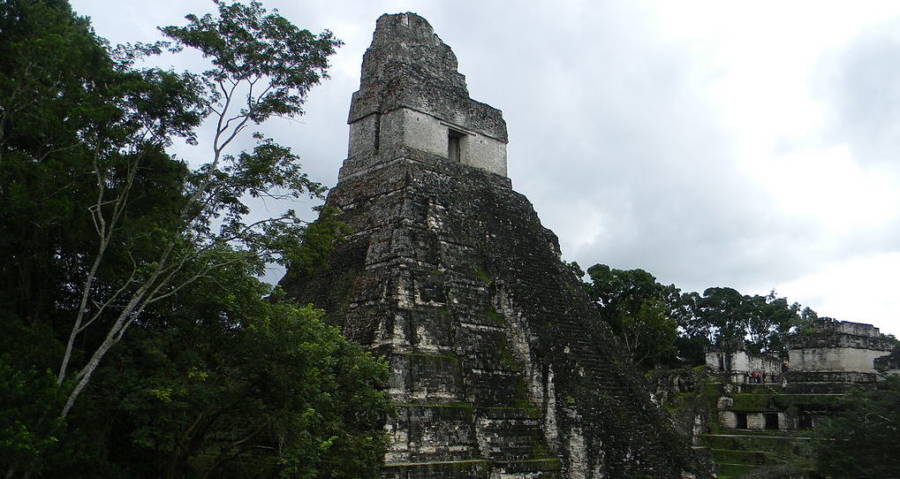



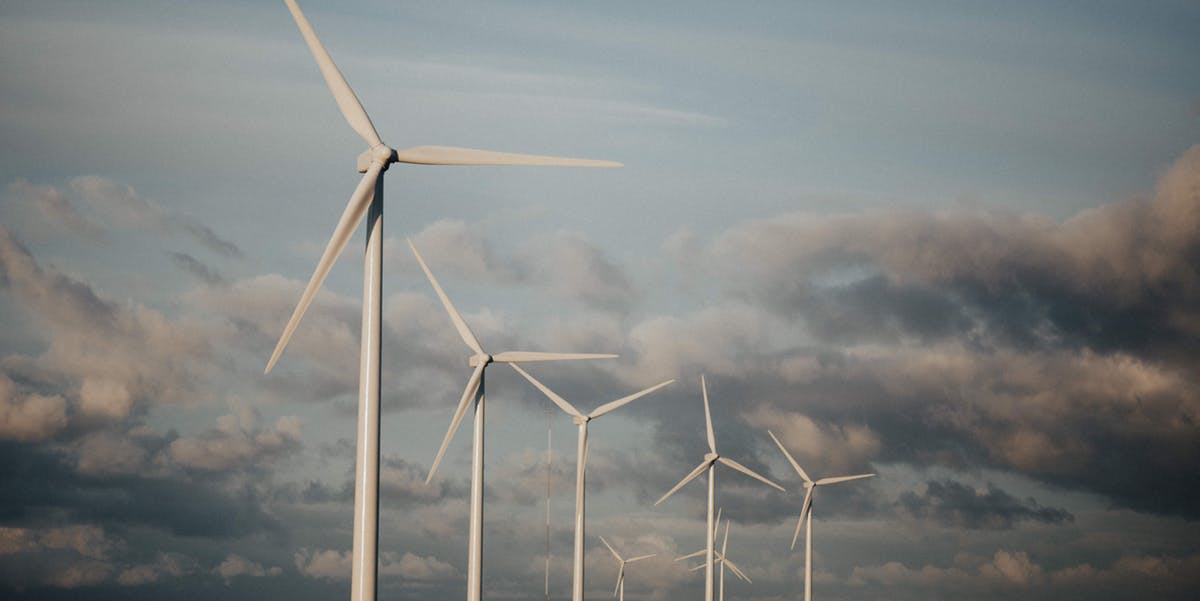
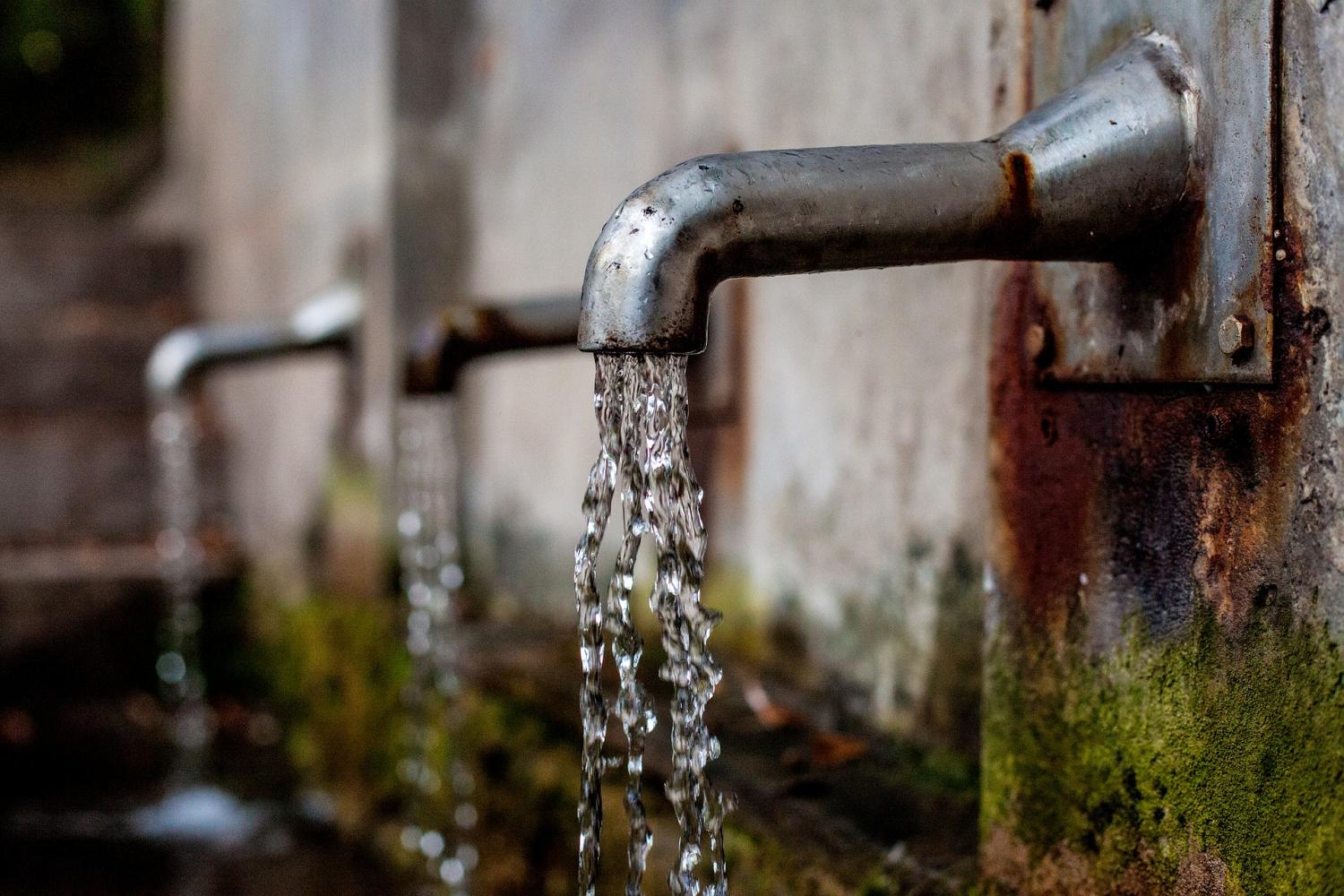
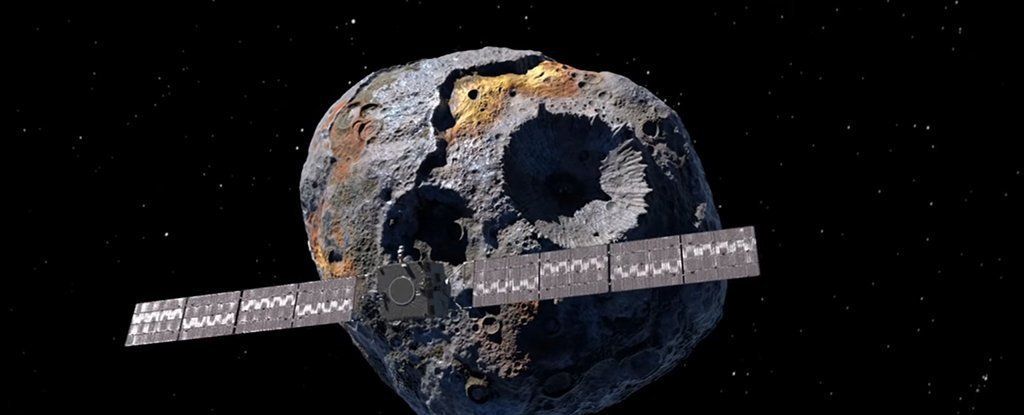
 NASA conception)
NASA conception) 







